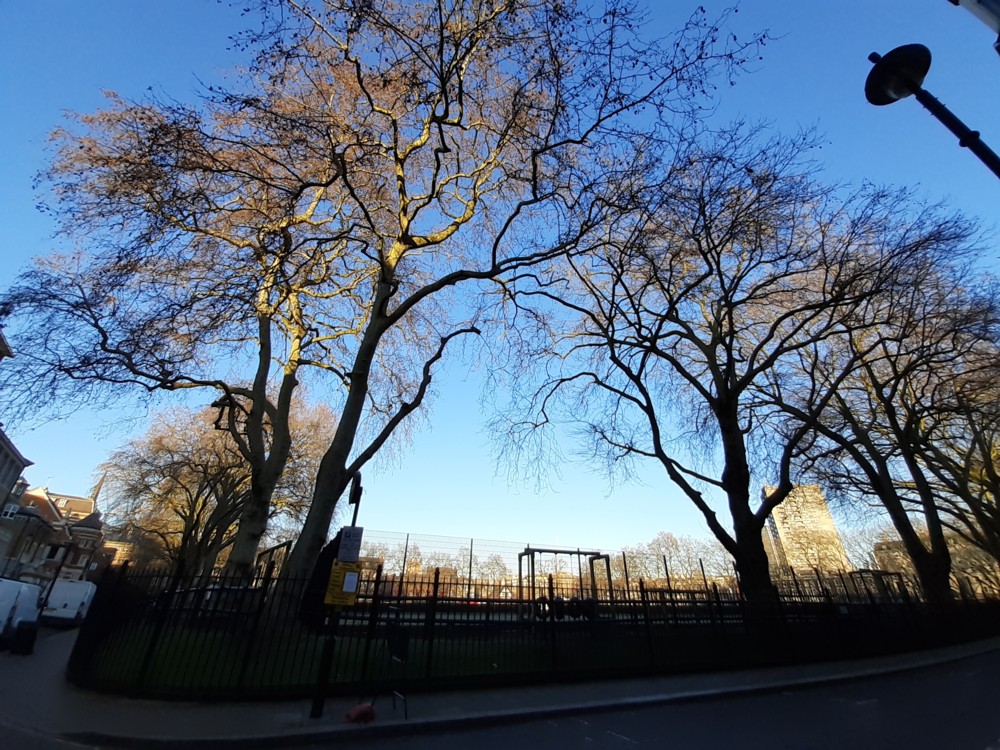I am a lazy person. And I just sent an email to my niece Roz Watkins, who writes of crime fiction. Some of this email was personal and private, but a couple of bits seem to me to be worth recycling here, to save me the bother of having to think of something else to put here today:
I do so very much admire the writing you have been doing. The reason I don’t write about it more admiringly, and more often, is that in my part of the internet, we don’t fret about giving away endings! For instance, I am now reading a book about human evolution, to what extent human mental habits are genetically evolved, what sex differences are and are not, and so on. When writing about this book, I do not hesitate to quote any of the author’s conclusions that strike me as interesting. But if I reviewed a book of yours by discussing the convincingness of who finally turns out to have done the deed, naming the murderer, well, … that’s not allowed! So I need to learn a whole different way of writing about books like yours. Basically, I guess, you concentrate on the state of affairs at the beginning, and from then on keep it vague.
And, I realise that writing about famous books from the past is also not like writing about your books when they have only just come out. I’m not going to be denounced if I discuss the details of how Mr Darcy finally marries Elizabeth Bennet, because almost everyone who cares already knows what happened. If you don’t know how Pride and Prejudice ends and don’t want to until you’ve read it for the first time, then it’s up to you to avoid being told.
I think that the Pride and Prejudice point there is an especially good one. Great works of literature, almost by definition, are things we are allowed to discuss all aspects of, including the endings, without being accused of giving anything away. If I tell you the ending of Roz’s latest Meg Dalton book (that’s her lead detective), I’m breaking the rules. But if I reveal that Hamlet dies at the end of Hamlet, that’s okay. If you did not know this and wanted to be surprised by how Hamlet ends, that is entirely your problem. Which means that works of Great Literature become like some of the great facts of our culture, not that different from real events or real arguments about real events. We can freely discuss all aspect of the great works of literature with one another, definitely including the endings. And thorough discussions of great facts, especially how these facts turned out or ended, are, for me, one of life’s great pleasures.
This is one of the reasons I do like (some) great literature. It enables me to have thorough conversations with strangers. I think the social benefits of shared cultural objects are often missed. See also, sport and celebrities. It’s the universality of these experiences that bind us together as a society, however we may disagree about many other things, and for that matter about sport or celebrities.
Great literature is books that are celebrity books.













